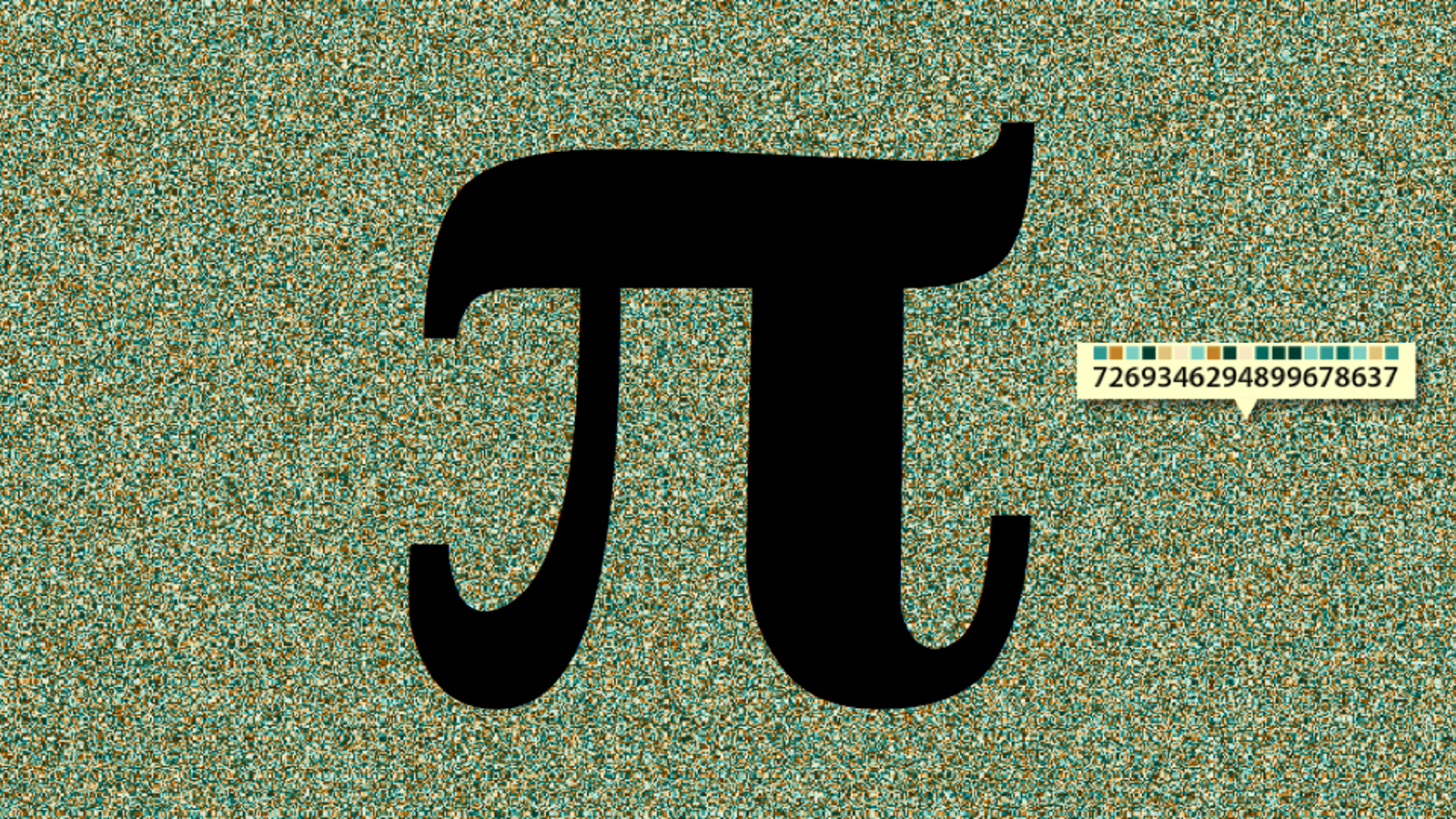
In other words, pi/3 = 111/106 approximately solving for pi, we find pi = 3.1415094…. The ratio of pi to 3 is very close to the ratio of 111 to 106. With the extra letter, the word has a value of 111, but without it, the value is 106. Interestingly enough, in 1 Kings 7:23, the word “line” is written Kuf Vov Heh, but the Heh does not need to be there, and is not pronounced. In Hebrew, each letter equals a certain number, and a word’s “value” is equal to the sum of its letters. However, most mathematicians and scientists neglect a far more accurate approximation for pi that lies deep within the mathematical “code” of the Hebrew language. A fairly well known verse, 1 Kings 7:23, says: “Also he made a molten sea of ten cubits from brim to brim, round in compass, and five cubits the height thereof and a line of thirty cubits did compass it round about”. Word of this did not spread to the East, however, as the Chinese used the inaccurate value pi = 3 hundreds of years later.Ĭhronologically, the next approximation of pi is found in the Old Testament. In other words, he implied that pi = 4(8/9)2 = 3.16049, which is also fairly accurate. Ahmes wrote, “Cut off 1/9 of a diameter and construct a square upon the remainder this has the same area as the circle”. Dated around 1650 BC, the Rhind Papyrus was written by a scribe named Ahmes. A famous Egyptian piece of papyrus gives us another ancient estimation for pi. Nearly 4000 years ago, Babylonians and Egyptians found that pi was slightly greater than 3, and came up with the value 3 1/8 or 3.125. The Indian values of π (√10, 62832/20000) were later included in Chinese and Arab literature. This was astonishingly correct to 4 decimal places (better than 22/7, which is correct only to 2 places). This value of π has been used not only by Jainas, but also by the greats like Varahamihira, Brahmagupta and Sridhara. The ancient Jaina school of mathematics preferred the approximation π = √10. The Manava Sulabasutra approximates the value of π to be 28/5= 3.125. Later, many other Sulabasutras mention the value of π to be 18 * (3–2 √2) = 3.088. Many other texts, including the Mahabharata and many Puranas approximate π at the value of 3. The oldest of them, the Baudhayayana Sulabasutra claims that the perimeter of a pit is 3 times its diameter- therefore approximating the value of π at 3. The Vedangas and Sulabasutras also mention the value of π. But they did know the value of Pi by the time Rigveda was written. Since the Indus Valley script is not deciphered, it will be incorrect to claim that π was known in the subcontinent in 3000 BC. Therefore, our ancestors established the relation- perimeter / diameter = constant. Indians were the first to observe that the perimeter (circumference) of a circle increases in proportion to its diameter. We will probably never know who first discovered that the ratio between a circle’s circumference and diameter is constant, nor will we ever know who first tried to calculate this ratio.

Mathematicians have searched for exact fractions, formulas, and, more recently, patterns in the long string of numbers starting with 3.14159 2653…, which is generally shortened to 3.14. From ancient Babylonia to the Middle Ages in Europe to the present day of supercomputers, mathematicians have been striving to calculate the mysterious number.

Throughout the history of mathematics, one of the most enduring challenges has been the calculation of the ratio between a circle’s circumference and diameter, which is represented by the Greek letter pi. The Guinness World Record for reciting the most digits of pi belongs to Lu Chao of China, who has recited pi to more than 67,000 decimal places.The Pi Search Page website has calculated it with the help of a computer program to 200 million digits.\ Many mathematicians and math fans are interested in calculating pi to as many digits as possible. There is no exact value, seeing as the number does not end. It cannot be represented by an integer ratio and goes on forever, otherwise known as an infinite decimal. Pi is an irrational number, which means that it is a real number with non-repeating decimal expansion. No matter how large or small a circle is, pi will always be the same number. Pi equals the circumference of a circle divided by the diameter (π = c/d). Pi (π), the 16th letter of the Greek alphabet, is used to represent the most widely known mathematical constant. On the occasion of Pi Day (March 14 or 3/14), I have written an article on the marvelous history of Pi.


 0 kommentar(er)
0 kommentar(er)
